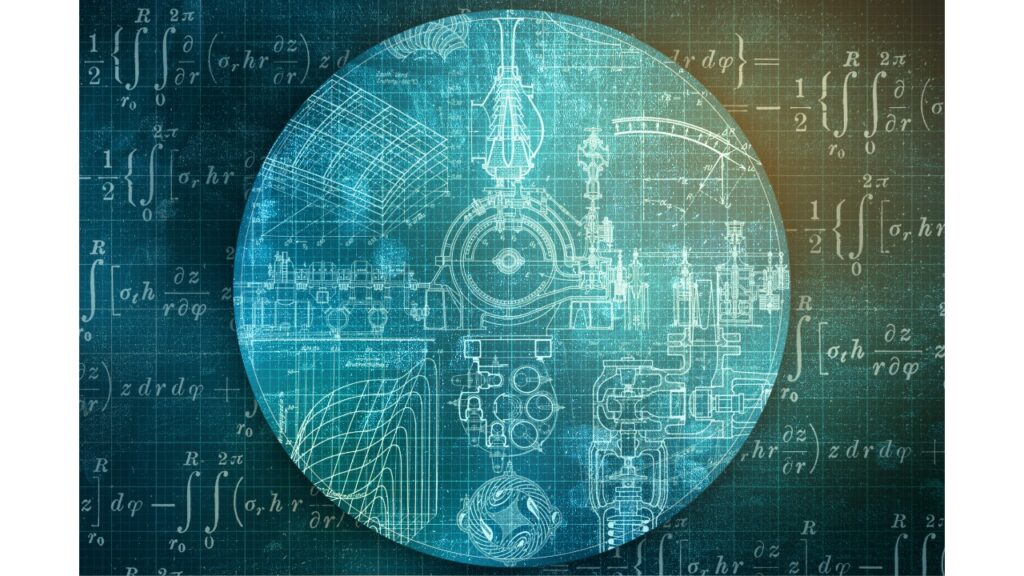Wildfire season is known to happen in warmer, drier months in arid locations like California. Things have changed, though, because of climate change. The US Department of Agriculture states that the fire season has extended from four months to six to eight months. Even worse, “Wildfire is year-round for much of the United States,” founding the idea of a “fire year.”
NASA has been motivated to assist wildland fire control organizations around the nation in forecasting and extinguishing flames by utilizing its copious amounts of data gathered from Earth observation. A significant portion of the data originates from the organization’s Landsat satellites, which take pictures of the Earth’s surface. In addition, they are able to measure the surface temperature and the natural materials—such as dense trees or other vegetation—that act as fuel for wildfires.
As we sit in a room at NASA Ames’ Silicon Valley site, Christopher Potter, a research scientist, informs me, “We have an archive of satellite image data going back 40 years.” We now have a very large and comprehensive data set on which to base our predictive models.
Emerging technology, including drones and artificial intelligence, are being used to combat wildfires and keep responders informed and safe as they grow in frequency and severity. Drones are used, for example, by the California Air National Guard to locate resource-poor areas, follow the progress of fires, and take real-time photos of disasters. Responders in the US use software to forecast the path of fires several days ahead of time, which makes it easier for firemen to put out those fires. Additionally, startups like Pano AI see wildfires and notify clients, such power companies, before the fires get out of control by utilizing cameras and algorithms. To help drone operators and other organizations respond to emergencies more skillfully, NASA, for example, is utilizing its vast data sets to create prediction models and airspace control tools.
NASA extracts information from Landsat in addition to data collected by organizations like as the California Department of Forestry and Fire Protection, which monitors historical fire severity, property damage, and casualties. NASA can swiftly develop prediction models of wildfires and their potential spread, as well as an estimate of the potential damage, by utilizing machine learning. The distribution of firefighting resources can be aided by these projections.
In addition to Landsat data, NASA also extracts information from other sources, such as the California Department of Forestry and Fire Protection, which monitors historical fire intensity, property damage, and casualties. NASA has the capability to generate rapid prediction models of wildfires and their potential spread, as well as the potential harm they may do, by utilizing machine learning. The firefighters’ resource allocation can be aided by these projections.
Potter gives as an example the San Francisco Bay area’s East Bay Hills. The different shades of red inside the cluster of cities, Concord, Fremont, and Walnut Creek, represent the building density and, hence, the locations most prone to release large volumes of hazardous gases in the event of a fire.
Agencies are able to forecast the size and hazard of a fire by using this data in conjunction with information on the dates of the most recent wildfires in the area. NASA’s predictive models show that, in the event of an area fire, approximately 600,000 homes and more than 247,000 acres might be affected, with the East Bay Hills serving as one example.
According to Potter, we are already able to tell you where, what sort, and how much pollution would be released from it. This can be estimated by the agency up to several months in advance.
Anyone can obtain NASA’s wildfire data online at no cost. The idea is that these more accurate maps of high-risk firesheds will help organizations like Cal Fire and the US Forest Service know exactly where to place their equipment as soon as a fire breaks out. When battling large fires, that accuracy might mean the difference between life and death.
“We’re not looking at whole sections of the state getting a prediction,” Potter clarifies. “We’re looking at a few miles.”
Enhancing aircraft communication for firefighting
NASA uses its studies not only to forecast wildfires but also to assist in fighting them.
Responders can use drones to fight fires even in situations where it is unsafe for pilots and traditional aircraft to operate, such as at night or during periods of high smoke. Additionally, they can safely carry out planned burns to get rid of dead brush that feeds wildfires without endangering the personnel. However, there is a problem: responding personnel may find it challenging to see where these drones are flying.
NASA is working on airspace management technology to allow ground crews, crewed aircraft, and drone operators track and communicate locations and exchange information with one another in order to address the problem. Under NASA’s Advanced Capabilities for Emergency Response Operations (ACERO) project, the program is being carried out. As a result, during an emergency, reaction teams may make decisions more quickly and with more accurate and timely information.
The majority of wildfires occur in areas without phone service, and most people communicate via radio,” says Kathryn Chapman, a researcher at NASA Ames. It makes it far more difficult for various first responders to communicate with one another and even locate the fire. We now have the chance to attempt bridging that divide with technology.
First responders can see traffic, including the location and altitude of an aircraft, thanks to mobile air traffic control equipment that NASA has developed. Because of this, it is safer to launch drones and make sure they don’t collide with anything else in the sky.
What it observed about the equipment was that it was a yellow plastic container roughly the size of a large briefcase with handles and a lid. It had a power station, an iPad that displayed the location of nearby flights, and an ADS-B (Automatic Dependent Surveillance-Broadcast) receiver for tracking aircraft.
US Forest Service pilots in Tennessee, Mississippi, Georgia, Florida, and South Carolina have been testing these kits for the agency. The pilots employed the kits during drone-assisted prescribed fires. In addition to making it easier for the pilots to maneuver the drones and carry out controlled burns from a safe distance, the kits provided them with information about nearby air traffic.
While still in the development stage, these airspace management technologies will be put to the test with members of the wildland firefighting community through a series of fly demonstrations in low-visibility locations. This will guarantee that the technology functions well in real-life scenarios, which are regrettably growing more frequent.
“As fires continue to get bigger and more intense,” says Chapman, “we’re giving people the tools that allow them to also scale their response.”








